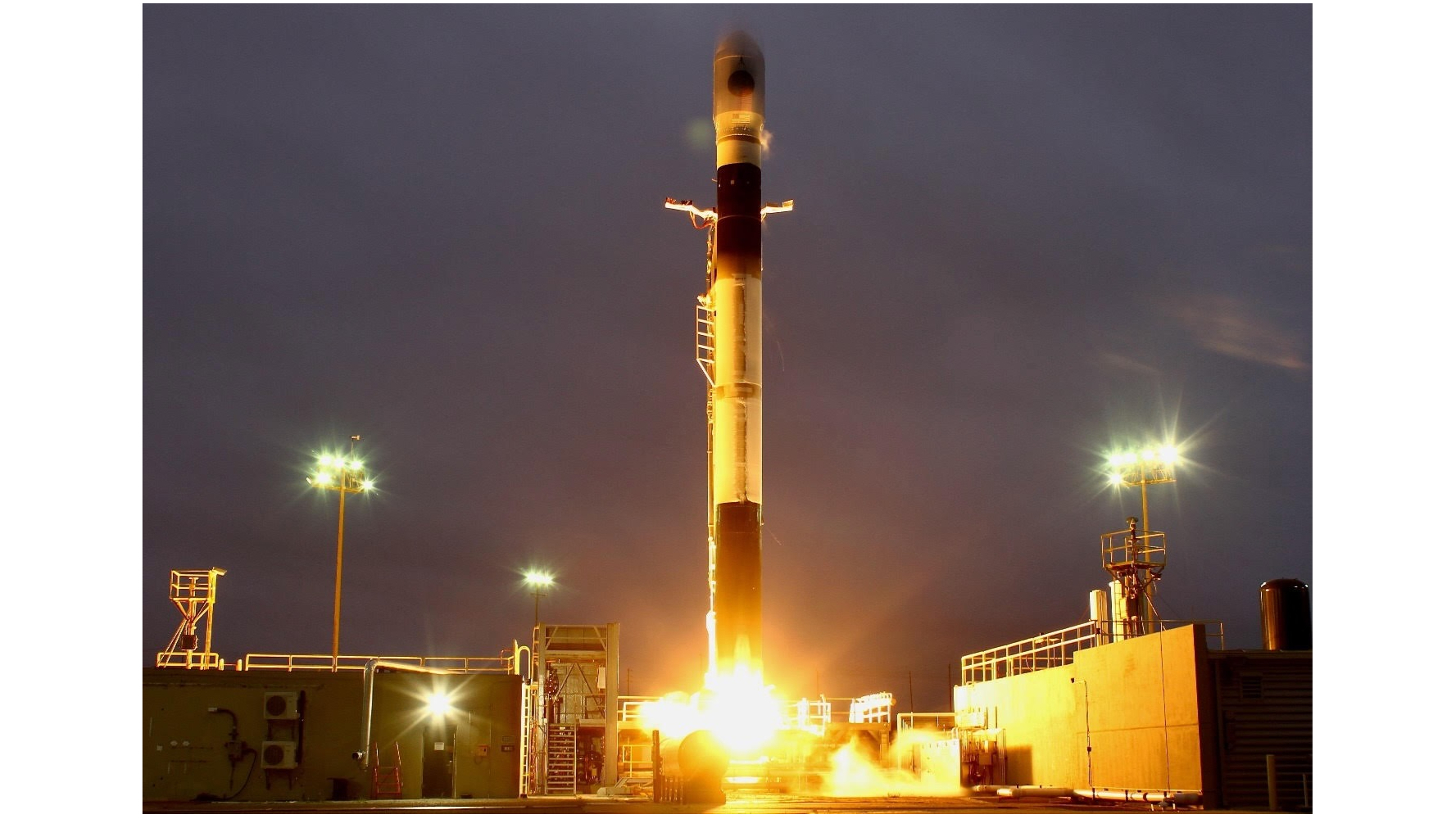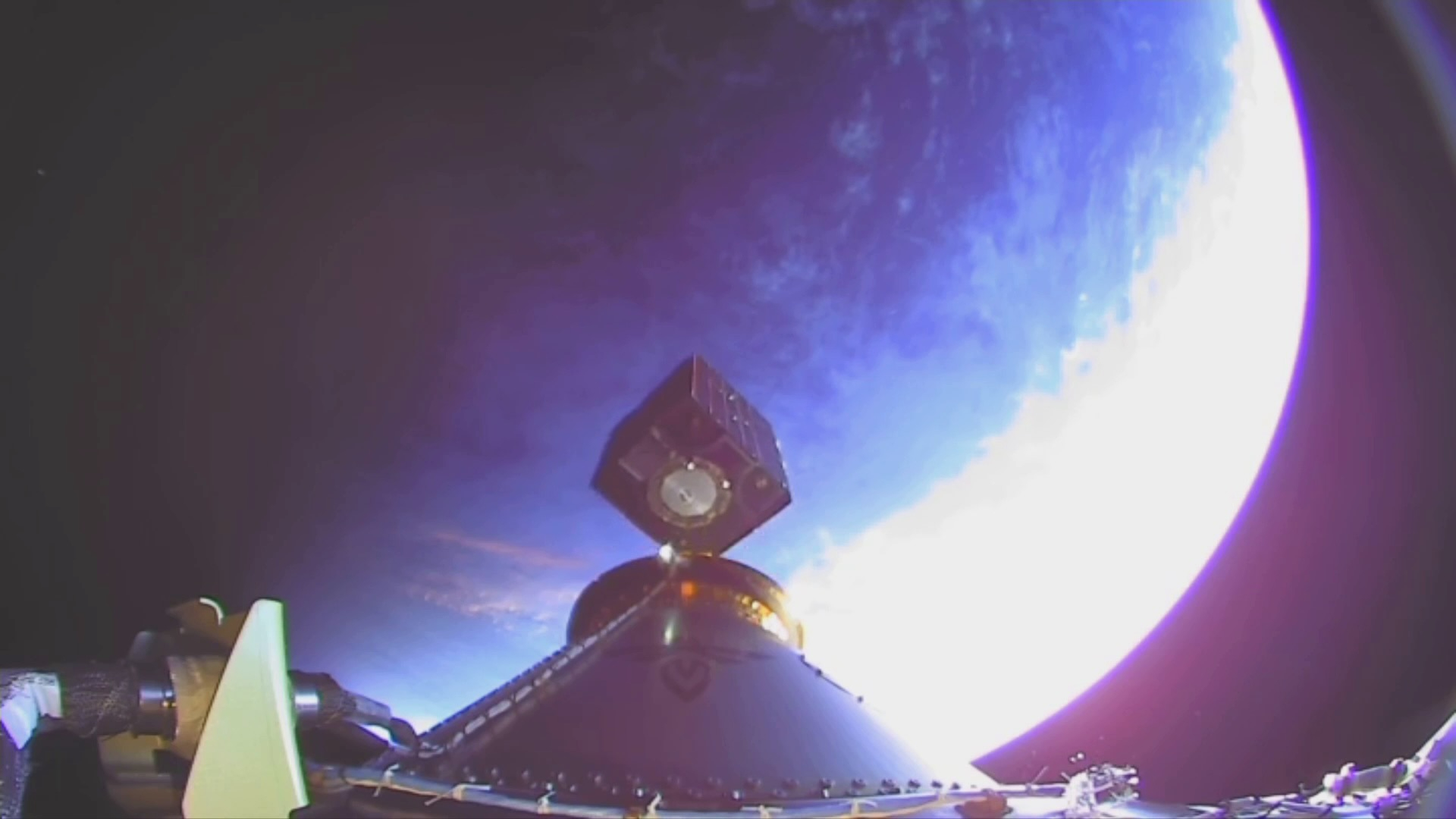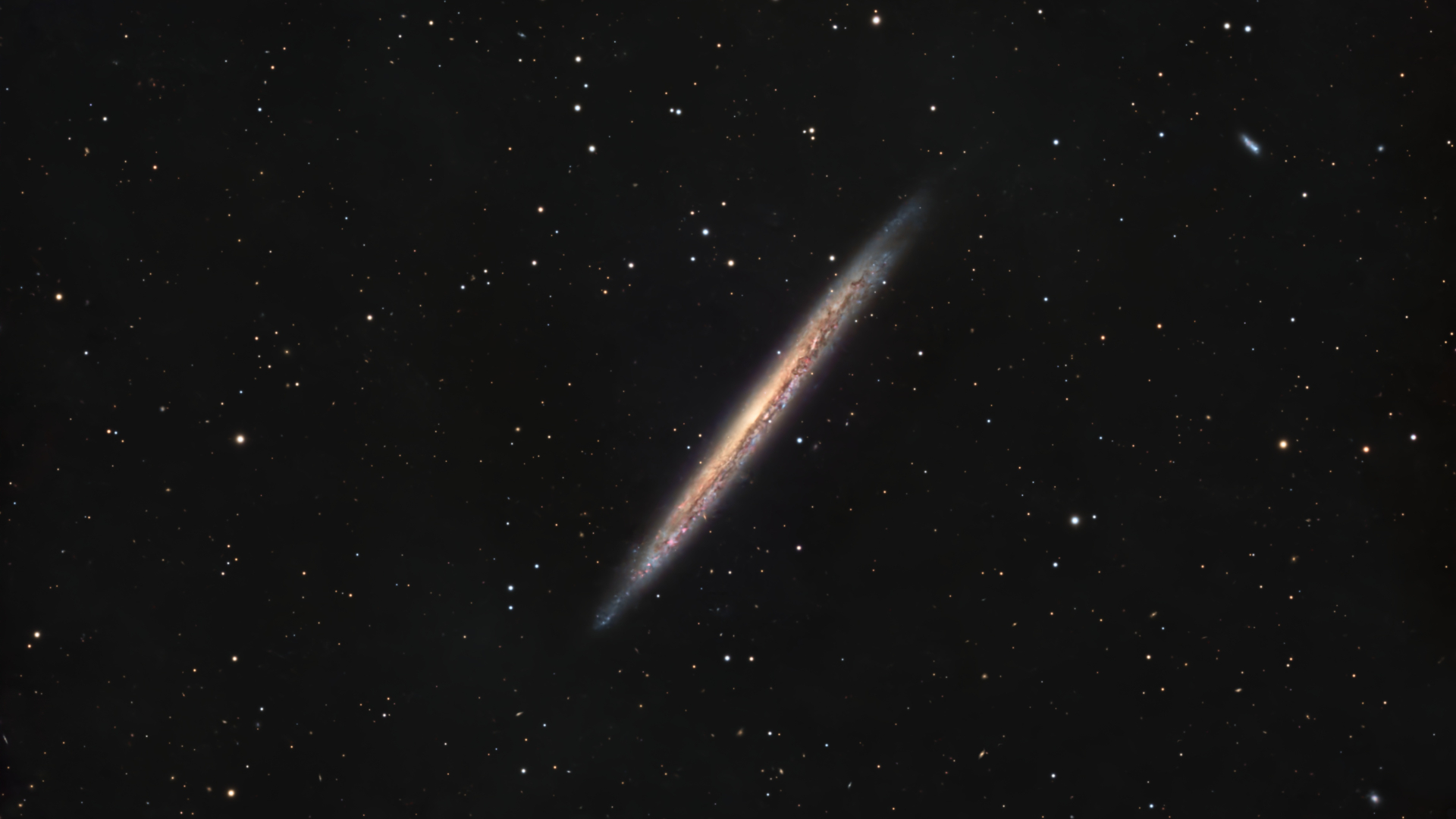New record! Firefly Aerospace launches Space Force mission 27 hours after receiving order

Firefly Aerospace just set a new responsive-launch record.
The company's Alpha rocket lifted off from Vandenberg Space Force Base on Thursday (Sept. 14) at 10:28 p.m. EDT (7:28 p.m. local California time; 0228 GMT on Sept. 15), kicking off a mission for the U.S. Space Force called Victus Nox.
The rocket roared off the pad just 27 hours after the U.S. Space Force gave the order — less time than on any previous national security mission.
"The success of Victus Nox marks a culture shift in our nation's ability to deter adversary aggression and, when required, respond with the operational speed necessary to deliver decisive capabilities to our warfighters," Lt. Gen. Michael Guetlein, commander of the Space Force's Space Systems Command (SSC), said in an emailed statement.
"This exercise is part of an end-to-end Tactically Responsive Space demonstration which proves the United States Space Force can rapidly integrate capabilities and will respond to aggression when called to do so on tactically relevant timelines," Guetlein added.
Thursday's launch was not livestreamed. Neither Firefly nor the Space Force publicized the timing of the liftoff in advance.
Related: US Space Force establishes new unit to track 'threats in orbit'
Get the Space.com Newsletter
Breaking space news, the latest updates on rocket launches, skywatching events and more!

The wheels for Victus Nox (Latin for "conquer the night") began turning in September 2022, when the Space Force awarded contracts to Texas-based Firefly and Millennium Space Systems, a Boeing subsidiary headquartered in the Los Angeles area that built the mission's payload.
That payload will perform a "space domain awareness" mission, keeping tabs on the orbital environment for the Space Force.
But the leadup to launch may have been more important than any data that Victus Nox ends up gathering, as it showcased new capabilities that the U.S. military is eager to implement.
"This end-to-end mission will demonstrate the United States' ability to rapidly place an asset on orbit when and where we need it, ensuring we can augment our space capabilities with very little notice," SSC's Lt. Col. MacKenzie Birchenough said in a statement last year, when the Victus Nox contracts were announced.
On Aug. 30 of this year, Firefly and Millenium entered the mission's "hot standby" phase, a six-month period during which they could receive a launch-alert notice at any time. After receipt of that notice, Millenium and Firefly would have 60 hours to get the satellite from Millenium's Southern California facilities to Vandenberg, fuel it up and mate it to the Alpha rocket's payload adapter.
The alert came through recently, and the mission teams hit their ambitious timeline.
"Upon activation, the space vehicle was transported 165 miles [266 kilometers] from Millenium's El Segundo facility to Vandenberg Space Force Base where it was tested, fueled and mated to the launch adapter in just under 58 hours, significantly faster than the typical timeline of weeks or months," Space Force officials said in the emailed statement.
The teams then had to wait for the launch order, which would give them Victus Nox's orbital requirements. They would then have just 24 hours to update Alpha's trajectory and guidance software, encapsulate the satellite in its payload fairing, get the payload to the pad, mate it to Alpha and get the rocket ready to launch, Firefly wrote in a statement.
The teams managed that task as well. They were ready to launch as soon as the first window opened, which was 27 hours after the Space Force gave the order.
"Challenging missions like this is where Firefly excels, and we are extremely humbled and proud to provide the U.S. Space Force and the nation with the critical capability to launch on-demand in support of national security," Firefly CEO Bill Weber said in the same company statement.
"Together with our mission partners, we'll be setting a new standard, proving nominal launch operations can be completed in a matter of hours rather than weeks to months," he added.
Victus Nox's speed goals didn't end with the successful liftoff. The teams now aim to get the satellite up and running within 48 hours of its deployment.
The previous responsive-launch record for a U.S. national security mission was 21 days, Space Force officials said. That mark was set in June 2021 on the Tactically Responsive Launch-2 (TacRL-2) mission, which was carried out by a Northop Grumman Pegasus XL air-launched rocket.
TacRL-2 and Victus Nox are both demonstration missions of SSC's Space Safari Program Office, "which is responsible for responding to urgent on-orbit needs, to include acquiring, integrating, and executing TacRS capabilities," according to the Space Force statement.
Victus Nox's liftoff was just the third for Firefly's Alpha. The rocket failed during its debut launch in September 2021. It delivered seven satellites to orbit on its second flight, in October 2022, but apparently deployed them at a lower altitude than planned, leading to early reentries for the payloads.
Join our Space Forums to keep talking space on the latest missions, night sky and more! And if you have a news tip, correction or comment, let us know at: community@space.com.

Michael Wall is a Senior Space Writer with Space.com and joined the team in 2010. He primarily covers exoplanets, spaceflight and military space, but has been known to dabble in the space art beat. His book about the search for alien life, "Out There," was published on Nov. 13, 2018. Before becoming a science writer, Michael worked as a herpetologist and wildlife biologist. He has a Ph.D. in evolutionary biology from the University of Sydney, Australia, a bachelor's degree from the University of Arizona, and a graduate certificate in science writing from the University of California, Santa Cruz. To find out what his latest project is, you can follow Michael on Twitter.
